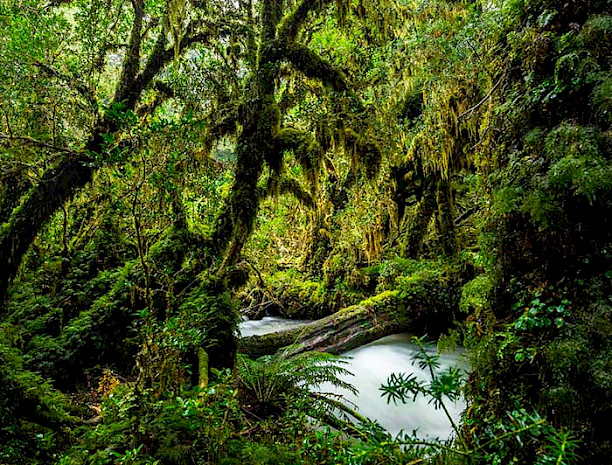A classification that brings together all the ecosystems on Earth, is the achievement of the work published in the journal Nature, in which more than 40 specialists participated, among them, the only Chilean is the academic from the Institute of Geography and the Faculty of Sciences. Biological, and CAPES and IEB researcher, Patricio Pliscoff. According to the research, Chile has 80% of the planet’s ecosystems.
*This article was published in university magazineissue number 172.
PUC Communications.- More than 40 scientists and specialists from all over the world collaborated in the colossal task of creating a new ecosystem classification model, which distributes the various ecological systems present on Earth integrating different elements.
Is about a new “Global Ecosystem Typology”published in the nature magazinedeveloped under the order and eaves of the International Union for Conservation of Nature (IUCN).
Its objective? Support knowledge transfer for ecosystem-specific management and restoration, as well as globally standardized ecosystem risk assessments.
Researchers who participated in this work include Patrick Pliscoffacademic of the Faculty of History, Geography and Political Science and of the Biological Sciences Facultyand researcher of Center for Applied Ecology and Sustainability (CAPES) and of the Institute of Ecology and Biodiversity, only Chilean participant. The research was also reflected in the article “A function-based typology for Earth’s ecosystems”.
In the case of Chile, as the professor explains, “for the terrestrial sphere, 6 biomes are recognized and within these, 14 functional groups of ecosystems. Among them are temperate and subtropical forests, steppes, deserts, and polar and alpine ecosystems. It is still necessary to cross with the transitional ecosystems, where, for example, coastal wetlands are found, and to classify the marine and freshwater ecosystems”.
According to the academic, The importance of this new typology is that “it is the first time that a unified proposal has been developed that includes all areas of the planet. There were separate classifications of the terrestrial or marine environment, but one had never been made with the same methodology. This will make it possible to assess the state of conservation and the level of risk of ecosystems globally and will establish protection priorities on a global scale”.
Read the original article in Revista Universitaria






![[Img #74662]](https://thelatestnews.world/wp-content/uploads/2024/12/Organisms-with-the-shortest-life-150x150.jpg)






![[Img #74662]](https://thelatestnews.world/wp-content/uploads/2024/12/Organisms-with-the-shortest-life-300x200.jpg)

